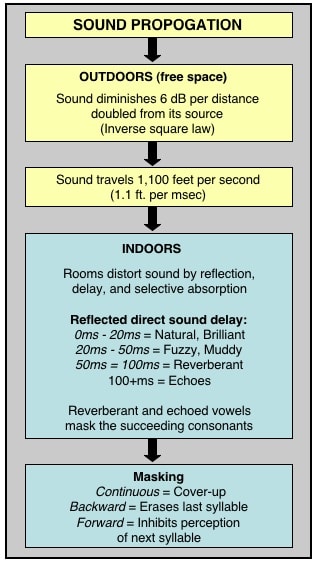By Maurice Miller, Ph.D.
Today I’m offering my suggestions regarding a subject very close to my professional interests and concerns: “Idiopathic” Sudden Sensorineural Hearing Loss (SSNHL).
Idiopathic SSNHL is an interesting term which the great audiologist, Stanley Gelfand{{1}}[[1]]Gelfand, S. Essentials of Audiology. 3rd Edition. Thieme (2009)[[1]]has indicated in his classic text that it is a term used, “when a specific underlying cause cannot be identified”.For many patients who suffer SSNHL, a specific causation factor cannot be identified.
The overwhelming cases of “typical” sensorineural hearing loss occur gradually, over the course of many years and often lend themselves to repeated denial and neglect by the sufferer. Sudden sensorineural hearing loss stands in sharp contrast!
Patients that experience SSNHL are often very alarmed by the sudden onset of their symptoms, particularly with the prospect that their hearing loss could become permanent.
Some cases of SSNHL require prompt, appropriate investigation and management. Causes could range from viral infection, autoimmune disorder, perilymph fistula, among others. However, in most cases, the etiology is unknown.
Suggestions for Evaluation & Management
Some cases of sudden hearing loss are quickly and effectively reversible (such as complete wax occlusion for example). However, for the overwhelming proportion of persons with SSNHL, the challenge is considerable.
First and perhaps my most significant challenge, is to see an otologist as soon as possible after the onset of symptoms. Not by an otologist primarily concerned with middle ear surgery, but one whose interests and experience include evaluation and treatment of SSNHL. Unfortunately, there are still a few otologists around who do not believe in treating SSNHL. They believe that the results of intervention aren’t any better than spontaneous recovery. I believe they are mistaken and would avoid them if I sustained this condition.
The estimated incidence of SSNHL in the US lies somewhere between 5 and 25 per 100,000 persons {{2}}[[2]] Miller, M.H., Schein, D. Selected Complex Auditory Disorders. Journal of Rehabilitation Research & Development. 2005 Jul-Aug; 42 (3 Suppl 2):1-8[[2]]
The Audiologic Evaluation
A complete case history is essential, because ordering an MRI alone is inadequate{{3}}[[3]]MRI alone is inadequate but should be performed with contrast as part of a complete evaluation[[3]]. The initial patient contact should last at least a full hour, as all possible etiologies and factors need to be considered.
The evaluation should be a typical comprehensive hearing evaluation (pure tones, speech testing), as well as impedance measurements, acoustic reflexes and decay, Otoacoustic emissions (OAEs) and auditory brainstem response (ABR) to determine if lesion is of cochlear, VIIIth nerve origin, or both.
Rule out possibility that SSNHL is not related to an acoustic tumor. Although such lesions usually present initially as mild unilateral high-frequency hearing loss, there are many important exceptions and even “total” unilateral hearing loss is a distinct possibility.
Treatment
If tumor has been ruled out, the lesion may be of viral or vascular origins and the patient has many options. First, no treatment is always an option. Since these conditions present with sudden onset, patients typically “demand” treatment. Otological practitioner who prefer “watchful waiting” without intervention are generally rejected by the patient. Many practitioners (and I agree with them) prefer steroids, either systemic or by local injection into the tympanic membranes for absorption by the round window membrane.
Other medications such as vasodilators and diuretics are also commonly prescribed.
Despite whether the hearing has recovered, serial audiometry, including speech testing, need to be performed on a regular basis. Such testing should be continued even if hearing recovery occurs. Any future middle ear infections, if they occur, should be aggressively treated. Of course, patients should be careful to avoid exposure to excessive noise levels in and out of the workplace.
Maurice H. Miller, PhD, is Professor Emeritus of Audiology, New York University Steinhardt School of Culture, Education and Human Development. Throughout his career, he has directed programs in Communication Disorders at some of the nation’s leading medical and academic institutions. Dr. Miller has authored five books, over 120 articles in peer-reviewed journals, and numerous monographs and chapters in widely used audiology textbooks.







